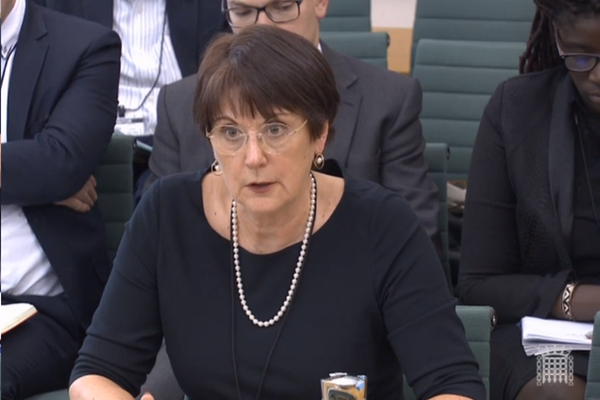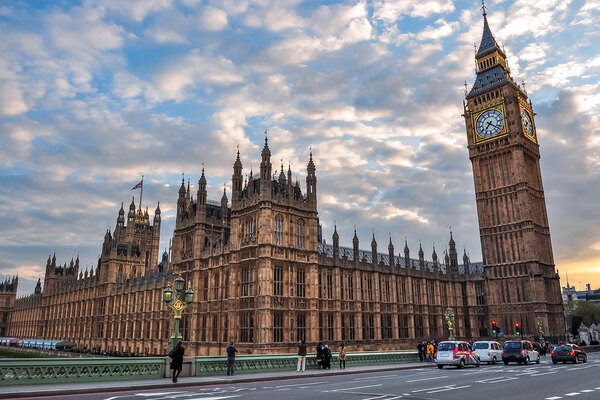
What will the Hackitt Review changes mean for you?
A lengthy consultation has been opened on the implementation of Dame Judith Hackitt’s proposals for building safety. Debbie Larner explains what it means for the sector
Last month, I wrote a piece for Inside Housing, speculating about what we might expect to see in the much anticipated government consultation on the recommendations proposed by Dame Judith Hackitt’s review of building safety.
The consultation, Building a Safer Future: Proposals for Reform of the Building Safety Regulatory System, was finally published on 6 June – less than two weeks before the second anniversary of the Grenfell Tower fire.
I have a couple of overall comments about the consultation:
- Including appendices, the consultation comes in at 192 pages and contains 122 questions. With that in mind, it is pretty baffling that the consultation period is only eight weeks (and over the summer at that)
- That said, it is comprehensive and does a good job of structuring what are complex and multi-layered issues
- It picks up all Hackitt’s recommendations and in places, rightly, goes further
- As with most consultations, it feels that some of the proposals have already been decided on, some are up for a bit of tweaking and some genuinely need sector support to develop them into workable solutions
So, here are my initial predictions, set against what is actually proposed:
1. A new dutyholder role?
As expected, the government has proposed a new dutyholder regime across the life cycle of the building. The dutyholder will be ultimately responsible for managing building safety and providing reassurance to residents. The government proposes five dutyholder roles aligned to construction, design and management: client, principal designer, principal contractor and designer, as well as a contractor at the design-and-build stages and an “accountable person” during the occupation stage.
2. Introduction of a building safety manager (BSM)?
Again, this was expected. The consultation states the BSM will help the accountable person to fulfil their duties in managing fire and structural risk. The BSM will be required to have specific competencies, as yet to be determined.
3. A new regulator responsible for building safety?
Check. However, the name has been changed from “joint competency authority” to “building safety regulator” – which makes much more sense and avoids ambiguity. It is proposed that the regulator will have broader responsibilities than were initially proposed, including oversight of the work, to drive increased competencies. The model, structure, home, lines of reporting, capacity and expertise of the building safety regulator have yet to be determined.
4. A system for classifying buildings?
Rather than a classification system based on type and complexity, the government is proposing that all buildings covered will need to be registered and have a building safety certificate from the new building safety regulator.
There were also a few things that have changed or are new:
- Reducing the scope of higher risk residential buildings from 30 metres (10 storeys) to 18 metres (six storeys). With many others, we lobbied strongly for this and very much welcome this approach. However, it will still put many more buildings in scope
- A new requirement for residents to co-operate with the accountable person in discharging their duties to keep buildings safe. It is unclear how this might actually work in practice, so is one to watch
- Placing a duty on all dutyholders (including the accountable person) to promote building safety and the safety of those in and around buildings. Again, this lacks detail but speaks to the need for a wider culture change rather than box-ticking
There is still a lot to digest in the consultation, so we’ll be talking to housing professionals over the next seven weeks to get their views about how the proposals will work in practice.
Debbie Larner, head of practice, Chartered Institute of Housing
- Ms Larner is chairing ’Next Steps for Building Safety’ at Housing 2019, Wednesday, 11am, Charter Three
- Click here to access the CIH’s Hackitt consultation page










